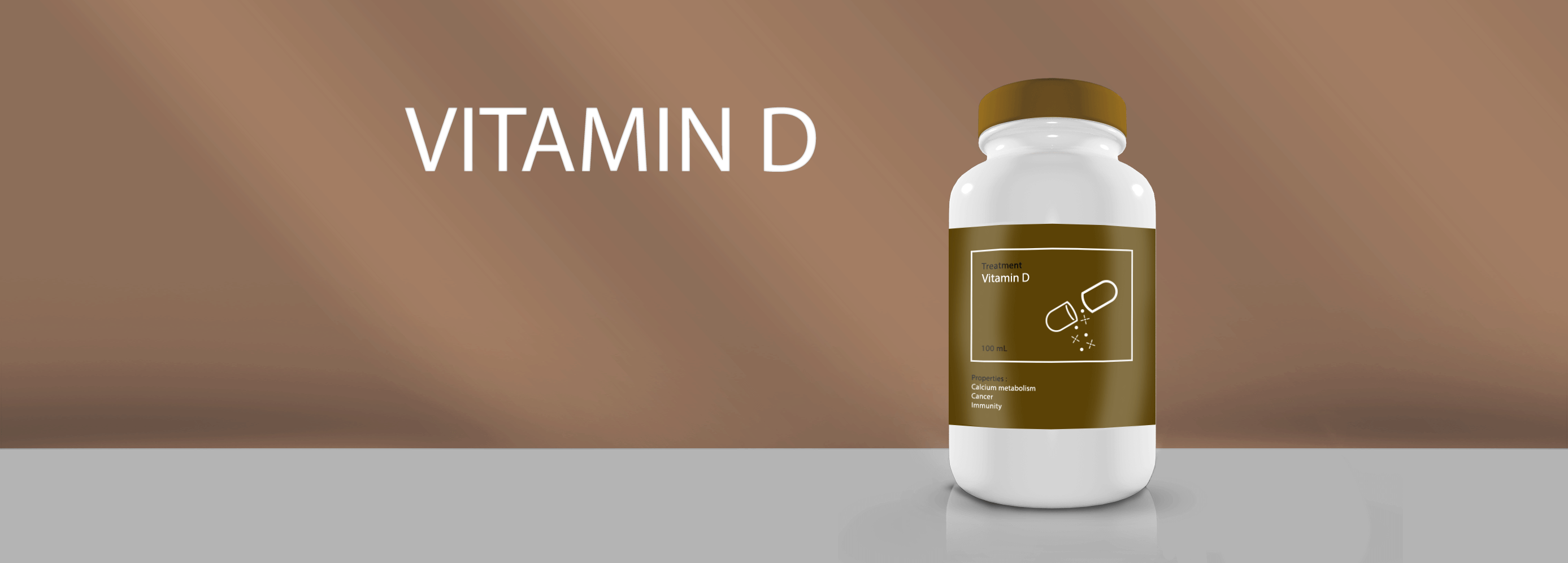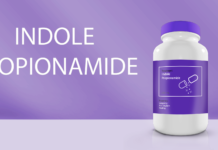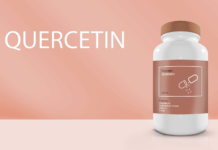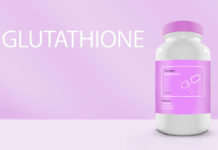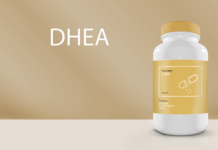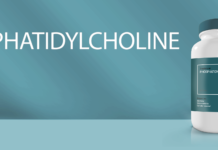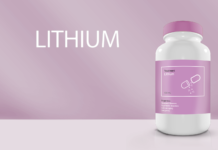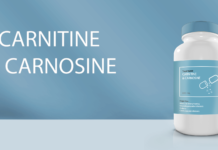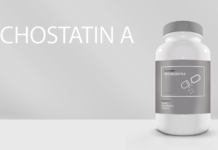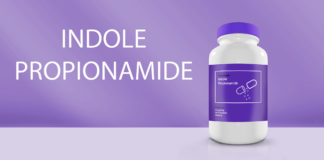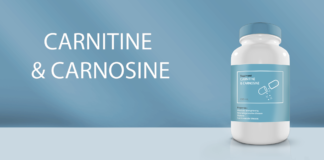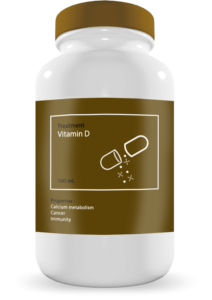
Fact sheet
Vitamin D : cod liver oil?
Known for its health benefits, especially on bones, vitamin D is a relatively difficult molecule to synthesize by our body and a large part of the world’s population has some degree of vitmain D deficiency. Indeed, the only way for the body to make it is through the skin and exposure to the sun, a condition that is very often not fulfilled, especially in large cities[1]. Under the influence of the sun’s UV rays, the body produces cholecalciferol (vitamin D3) from a cholesterol derivative, which after passing through the liver and then into the kidneys takes its active form (calcitriol)[1,10].
Supplementation therefore seems essential to meet our body’s need for vitamin D and prevent the occurrence of certain diseases, such as osteoporosis, cancer, cavities or thyroid problems. It is time to go back to grandmother’s remedies and have some cod liver oil again (the natural supplement richest in vitamin D, up to 100IU/g)!
2, 3, 4… Vitamin D’s many forms
There are six forms of vitamin D. Vitamin D1 was the first to be discovered, but with advances in chemical analysis techniques it turned out to actually be a mixture of vitamin D2 and other compounds. This name is no longer used. Vitamin D2 is found in plants, vitamin D3 in animals (which is also what we synthesize) and vitamin D4 in mushrooms. Vitamins D5, D6, D7 are synthetic products derived from the first forms. They have similar but varied and sometimes specific roles.
A win-win partnership with calcium
It is difficult to separate vitamin D from calcium because their action is synergetic. Indeed, the first indication for supplementation of these two products is the prevention and treatment of osteoporosis[2,3]. Vitamin D is involved in the intestinal absorption of calcium and its binding to the bone, thus promoting the calcification of our skeleton. However, a recent study warns that the action of vitamin D and calcium would not be sufficient to treat osteoporosis, or would even cause a weakening of our bones and increase the risk of fractures[4]. It is important to note that this study does not call into question the other benefits of vitamin D, nor its preventive effect on the occurrence of osteoporosis.
The anti-aging effect
Vitamin D metabolism has been shown to be deregulated during aging[5,6]. The hydroxyases CYP27B1 and CYP24A1 renal (specific enzymes), which enable the conversion of vitamin D into its active metabolite, are highly regulated, especially hormonally and/or in response to the calcium content of our body. With age, these regulatory processes deteriorate, leading to aggravated deficiencies and predispositions to certain diseases, such as cancer, cardiovascular disease and bone diseases[7]. Vitamin D supplementation can correct these phenomena and protect us against age-related diseases.
Vitamin D can also regulate gene expression. When it enters a cell, it can attach itself to its specific nuclear receptor (VDR = Vitamin D receptor) which in turn, within a complex of co-activators, attaches itself to DNA sequences called promoters[7,8]. This regulation of promoters (mainly methylation) will make it possible to express or not certain genes. In particular, a recent study has shown a modest but real link between the circulating rate of this vitamin and the length of telomeres (the guarantors of the integrity of our genetic information during cell divisions), suggesting a regulation still to be elucidated[9].
- Number of publications : over 4,000
- Availability : easy access
- Route : oral
- Dosage : Depending on the age. For those under 50, about 1000 IU/day. For those over 50 years old, about 1500UI/day. Can be given to the pregnant woman and child at appropriate doses, about 700 IU/day and 400 IU/day respectively.
Cancer prevention : Vitamin D supplementation, which regulates cellular processes involved in cancer development (differentiation and multiplication), has been shown to decrease tumour size and limit metastasis[7,11].
Cardiovascular diseases : it would seem that vitamin intake partially protects against hypertension, by a still fuzzy mechanism[7,12].
Effects on the immune system: Vitamin supplementation appears as a fairly powerful anti-inflammatory, with a decrease in the production of pro-inflammatory cytokines. It can also protect against autoimmune diseases such as multiple sclerosis[7,13,14].
Diabetes: A few studies have shown that vitamin D deficiency favours diabetes, suggesting its involvement in metabolic diseases[15,16].
Other long-established effects: treatment of psoriasis, rickets (in utero and early childhood supplementation), hypoparathyroidism, cavities, muscle pain and weakness.
Below 4000 IU/day, no toxicity has been demonstrated to date.
Vitamin D should be used with caution in patients with sarcoidosis, kidney problems or calcium metabolism disorders. Taking vitamin D can cause harmful hypercalcemia in these patients.
[1] Holick, M. F. Vitamin D deficiency. N Engl j Med, 2007(357):266–281
[2] Bischoff-Ferrari HA, Willett WC, Wong JB et Als. Prevention of nonvertebral fractures with oral vitamin D and dose dependency, a meta-analysis of randomized controlled trials, Arch Intern Med, 2009;169:551-561
[3] Nakamura Y, Suzuki T, Kamimura M, et al. Vitamin D and calcium are required at the time of denosumab administration during osteoporosis treatment. Bone Research. 2017;5:17021
[4] Zhao J, Zeng X, Wang J, Liu L. Association Between Calcium or Vitamin D Supplementation and Fracture Incidence in Community-Dwelling Older Adults : A Systematic Review and Meta-analysis. JAMA. 2017;318(24):2466–2482
[5] Armbrecht HJ, Zenser TV, Davis BB, Effect of age on the conversion of 25-hydroxyvitamin D3 to 1,25-dihydroxyvitamin D3 by kidney of rat. J Clin Invest. 1980 Nov; 66(5):1118-23
[6] Tsai KS, Heath H 3rd, Kumar R, Riggs BL, Impaired vitamin D metabolism with aging in women. Possible role in pathogenesis of senile osteoporosis. J Clin Invest. 1984 Jun; 73(6):1668-72
[7] Christakos S, Dhawan P, Verstuyf A, Verlinden L, Carmeliet G. Vitamin D: Metabolism, Molecular Mechanism of Action, and Pleiotropic Effects. Physiological Reviews. 2016;96(1):365-408.
[8] Pike JW, Meyer MB, Fundamentals of vitamin D hormone-regulated gene expression. J Steroid Biochem Mol Biol. 2014 Oct; 144 Pt A():5-11.
[9] Julia Beilfuss, Carlos A Camargo Jr., Elena Kamycheva. Serum 25-Hydroxyvitamin D Has a Modest Positive Association with Leukocyte Telomere Length in Middle-Aged US Adults, J. Nutr., 2017, 147(4): 514-520
[10] Holick, M. F. (2003), Vitamin D: A millenium perspective. J. Cell. Biochem., 88: 296–307
[11] Ahonen MH, Tenkanen L, Teppo L, Hakama M, Tuohimaa P. Prostate cancer risk and prediagnostic serum 25-hydroxyvitamin D levels (Finland). Cancer Causes Control, 2000, 11: 847–852
[12] Krause R, et al. Ultraviolet B and blood pressure. Lancet, 1998, 352: 709–710
[13] Tabatabaeizadeh, S. A., Avan, A., Bahrami, et al. High-dose supplementation of vitamin D affects measures of systemic inflammation: Reductions in High-Sensitivity C-Reactive Protein level and Neutrophil to lymphocyte ratio (NLR) distribution. Journal of Cellular Biochemistry, 2017 https://doi.org/10.1002/jcb.26084
[14] Cantorna MT, Hayes CE, DeLuca HF. 1,25-Dihydroxyvitamin D3 reversibly blocks the progression of relapsing encephalomyelitis, a model of multiple sclerosis. Proc Natl Acad Sci, 1996, 93: 7861–7864
[15] Hypponen E, Laara E, Reunanen A, Jarvelin MR, Virtanen SM. Intake of vitamin D and risk of type 1 diabetes: A birth-cohort study. Lancet, 2001, 358:1500–1503
Dr. Marion Tible

Author/Reviewer
Auteure/Relectrice
Marion Tible has a PhD in cellular biology and physiopathology. Formerly a researcher in thematics varying from cardiology to neurodegenerative diseases, she is now part of Long Long Life team and is involved in scientific writing and anti-aging research.
More about the Long Long Life team
Marion Tible est docteur en biologie cellulaire et physiopathologie. Ancienne chercheuse dans des thématiques oscillant de la cardiologie aux maladies neurodégénératives, elle est aujourd’hui impliquée au sein de Long Long Life pour la rédaction scientifique et la recherche contre le vieillissement.
En savoir plus sur l’équipe de Long Long Life


